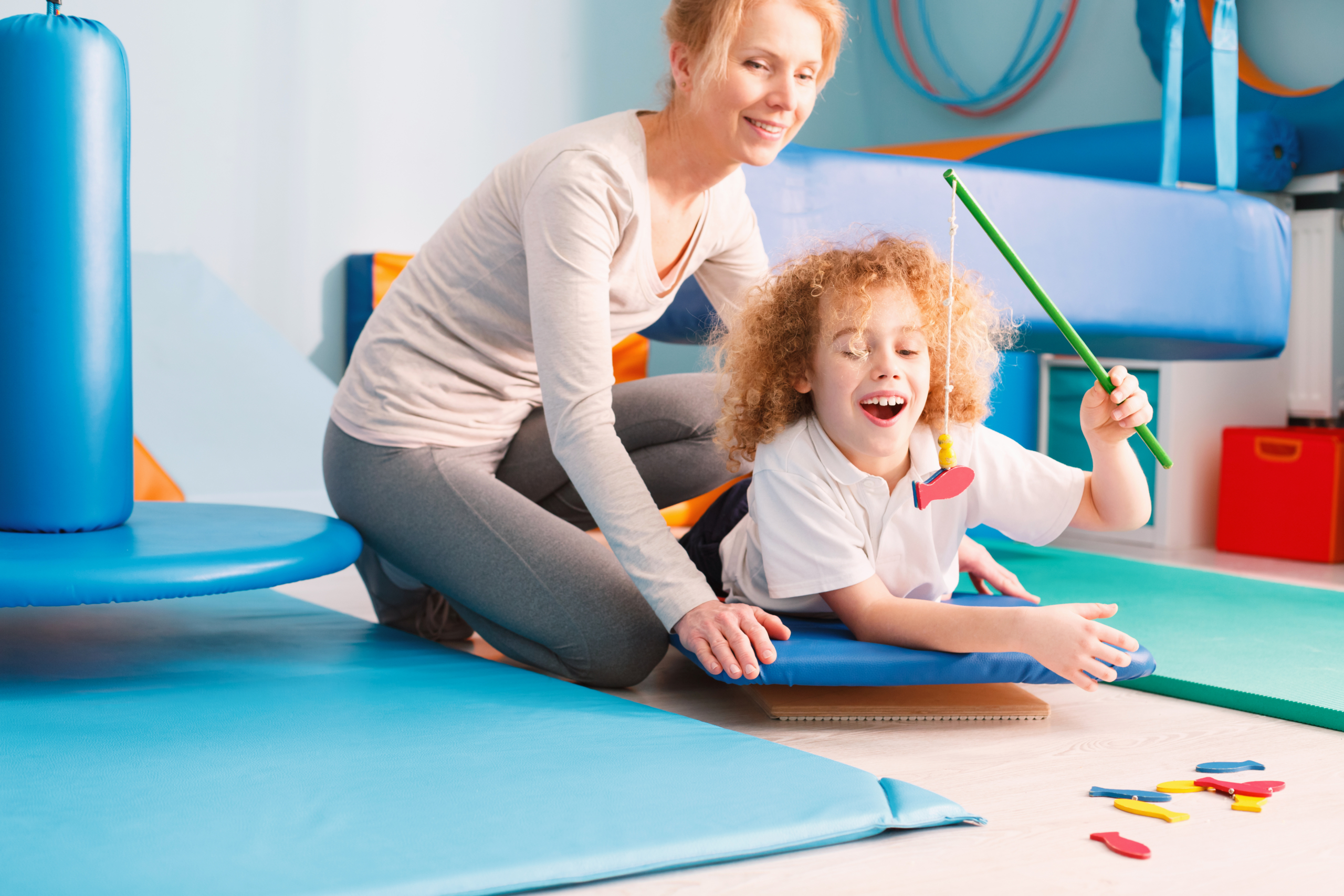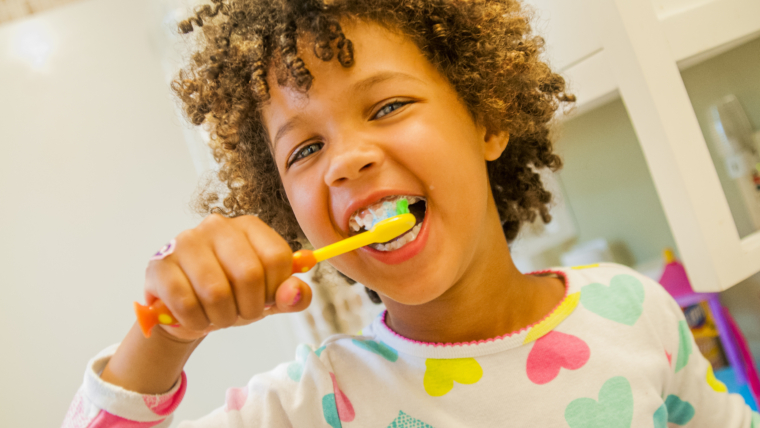Sometimes when a child has trouble doing things like feeding themselves with a spoon or holding a crayon properly, there is a physical issue that must be addressed by a specialist such as an occupational therapist. They are trained to identify exactly what needs to be corrected and will know what exercises to use adjust. However, many times, there is no reason a child can’t physically engage in a response and they just need practice. Anyone can help them, even a parent without any professional experience. I have found here is generally helpful to do this in the context of play to avoid pairing potentially unpleasant past activities with learning these new skills.
Here are 5 things I like to use when teaching. These are affiliate links. You are under no obligation to buy them but if you are going to buy them anyway, it would help me and not cost you anymore if you use these links.
Activity 1- Transfer rice or beans between 2 small bowls with a spoon
This activity should be pretty straightforward. There is no right or wrong way to do this. Simply get two small bowls and have a child scoop something like rice, beans or lentils from one bowl to the other. Most children really enjoy this activity and it will quickly help them gain skills. Just be careful to supervise your child while doing this skill if they put things in their mouth as this can cause a choking hazard. I always recommend using very small beans such as lentils so that if your child accidentally swallows it, they can not choke. If you do not want to use food, any small object such as pom poms will work but always supervise your child to avoid choking.
When doing this activity, I recommend starting off with these specific spoons. Of all the ones I have tried, they tend to be the most effective in helping young children with difficulty scooping being successful.
Activity 2- Use sorting bears!
The fine motor purpose of this activity is the same as in activity 1. But it is a bit more challenging as the child would need to be able to get 1 bear on the spoon at a time. This activity should be done after using rice or beans which is easier. This activity will also allow you to teach a child coloring sorting at the same time. Any sorting bears set would work. I chose this one because it appears to be the best value and has good reviews.
Activity 3- Alphabet Soup
This activity is very simliar to the sorting bears! It is an soup game! The children scoop the letter out of the bowl. I use this activity to teach letter names and sounds at the same time as scooping. Whether you choose this activity or the bears would just depend on whether you prefer to work on letter sounds or colors. For kids that have articulation issues, this is a great way to target both skills at the same time!
Activity 4- Scoop Water Beads
Having kids scoop water beads with scooping tweezers or regular tweezer also words on hand skills, grasp and scooping skills. Kids tend to really enjoy this activity. Depending on what specifically a child struggles with, this can be easier or harder than the activities above. I usually recommend doing them simultaneously.
Activity 5- Spike the Fine Motor Hedgehog
Peg boards are a great way to improve hand eye coordination and increase hand strength. Most kids find peg boards really boring. Spike solves that problem! This is simply a more fun looking peg board. Kids tend to be more eager to play with him that a traditional peg board!
Keep in mind- most things just take practice! If your child is having a hard time scooping, the more you do these activities the faster they get it! If you are get frustrated, remember, it is hard now but it won’t be forever. While obviously some children have real physical impairments, in most cases, kids just need some time and support! If you read this post to the end, they have all the support they need and they are lucky to have you! Hang in there!



